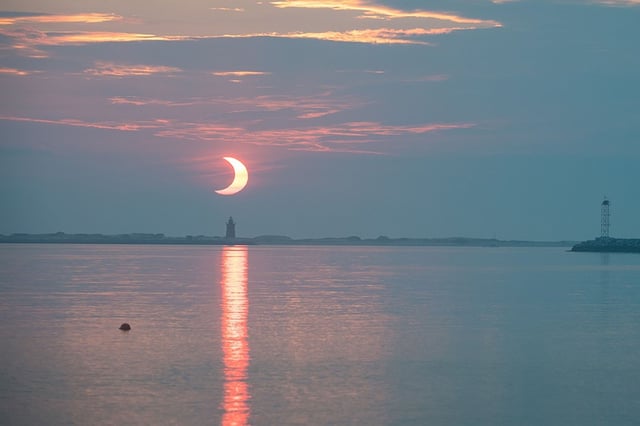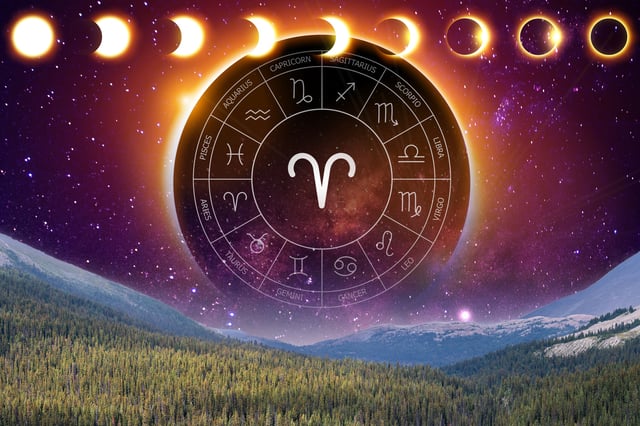Overview
- The partial solar eclipse occurred early on March 29, 2025, with maximum obscuration at 6:47 a.m. EDT and visibility across parts of North America, Europe, Africa, and northern Asia.
- Observers in northeastern U.S. states and eastern Canada witnessed dramatic views, including the rare 'double sunrise' effect in Maine, New Brunswick, and Quebec.
- In Nunavik, Quebec, the eclipse reached its peak with 94% of the sun obscured, offering the most significant coverage globally.
- Livestreams from platforms like TimeandDate and the Royal Observatory Greenwich allowed global audiences to experience the event virtually.
- Safety precautions were emphasized, with certified eclipse glasses and solar viewers recommended to prevent eye damage during the spectacle.



